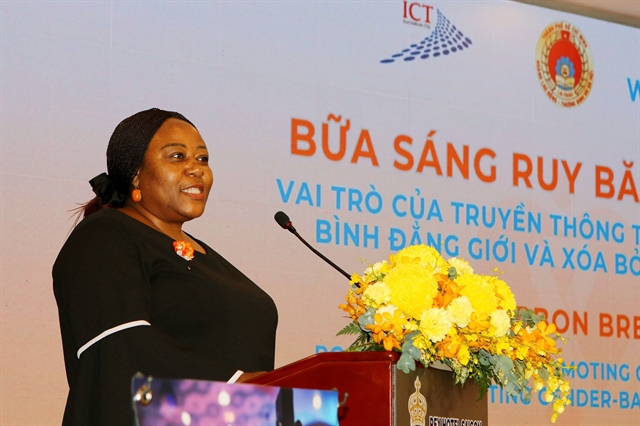 Opinion
Opinion

Nguyễn Việt Tiến, Deputy Minister of Health, speaks to Thời báo Kinh tế Việt Nam (Việt Nam Economic Times) about challenges the health sector faces when importing second-hand high tech medical equipment.
Nguyễn Việt Tiến, Deputy Minister of Health, speaks to Thời báo Kinh tế Việt Nam (Việt Nam Economic Times) about challenges the health sector faces when importing second-hand high tech medical equipment.
What are the main reasons why many patients in rural areas prefer to have medical checks or treatment in Hà Nội hospitals rather than facilities near their home?
I don’t think the poor equipment in rural areas makes them go to Hà Nội for health checks or treatment. Nowadays, medical equipment in provincial or district health clinics is much better than in the past. But, medical treatment results depend very much on the quality of the health workers working in the clinics. I agree that medical facilities are only a part of low quality service. But health workers, including doctors’ skills, are key factors for high quality service.
At present our health sector has quite a good contingent of medical staff with good skills. However, most of them work at medical facilities/hospitals in Hà Nội or major cities. On the other hand, the professional skills of many medical practitioners in provinces are not up to patients’ expectations. This is a key reason why in serious cases, local hospitals have to refer patients to central hospitals. The Ministry of Health knows about this problem and has discussed plans on how to solve it.
Do you mean that our medical equipment has improved a lot?
Compared with the past, our health services have improved considerably in recent years. To meet people’s increasing demand, particularly for the treatment of serious diseases, we need good and high-tech equipment and facilities. I have to admit that so far we have not fulfilled this demand. In the long run, we have to seek help from inside and outside the country to improve our services.
The government’s investment in the health sector is still limited, so we have adopted a policy to mobilise private financing through users’ fees and investment capital in the health sector. This idea is known in Việt Nam as “socialising health care”. I think that socialising the health sector will help it sector improve services to cater to people’s needs.
I hope in the near future, many foreign investors will work with us in giving the best healthcare services.
No doubt, with high quality medical staff and good facilities, our health services will be up to high standards.
Some say that the socialising health care has caused problems in patients’ health checks due to imports of low quality second-hand medical equipment. How do you respond to that?
I don’t disagree with that. In the past, among non-refundable foreign aid to our country was a lot of used medical equipment. But the quality was still very good. But nowadays, Việt Nam has become a middle income country and the story of non-refundable foreign aid became a story of the past. However, imports of second hand medical equipment have continued through the black market.
Worse still, in some cases, importers have written in customs declarations that the equipment is brand new. But in fact they are second-hand goods. Then this medical equipment is illegally installed in hospitals.
Principally speaking, no legal documents dictate that only brand new medical equipment can be used in medical facilities, but in reality, tests using these imported machines often consume more chemicals than brand new ones. As a result, the added costs from the tests fall on the patients. That’s why we have tightened our control from the stage of import of medical machines and equipment.
Another point I want to mention is that socialising health service is a good Government decision. Yet, all hospitals or health facilities should carefully check the quality of the machines/equipments in their hospitals which come from their partners. We should maintain the principle of nothing but the best for the patients! — VNS









